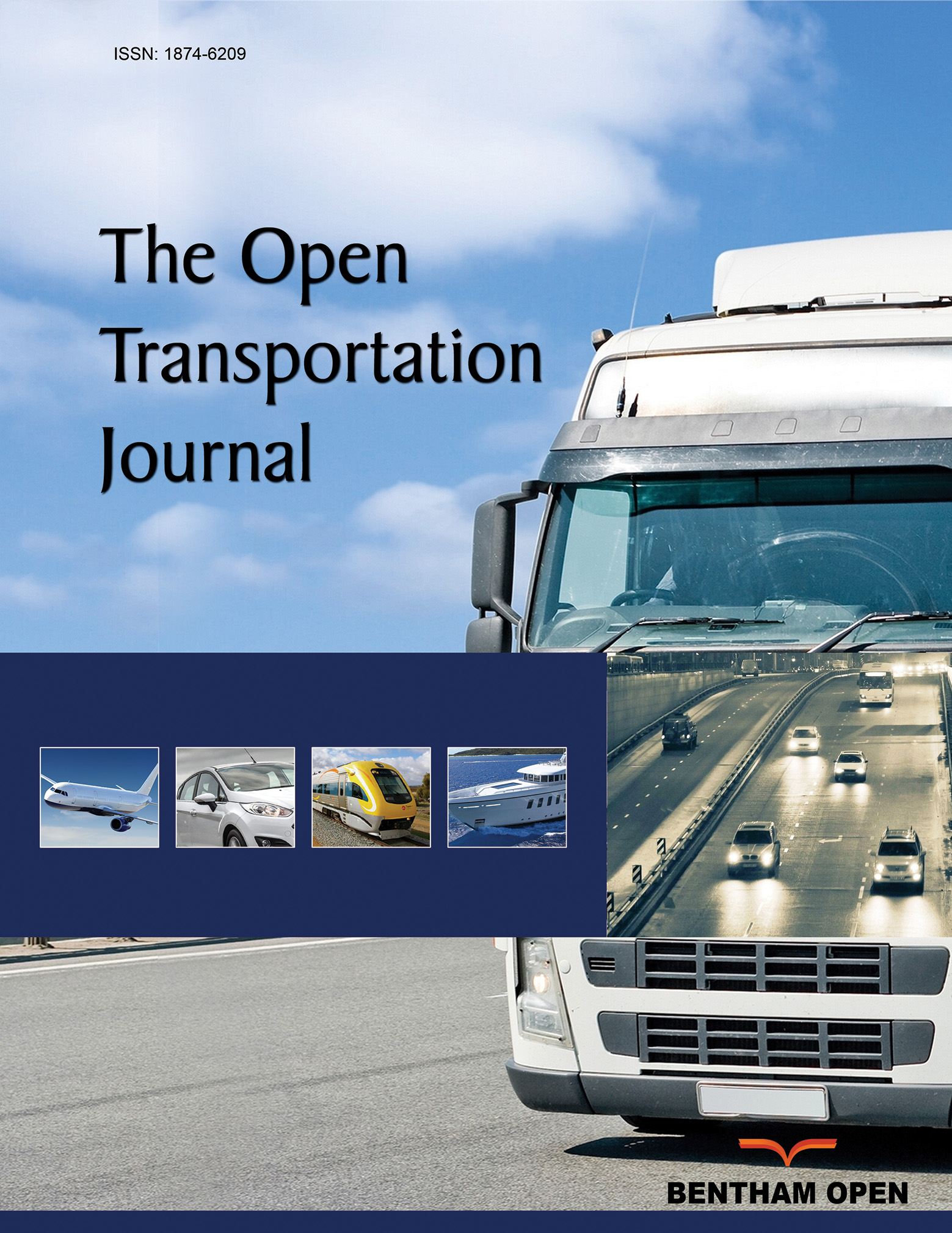All published articles of this journal are available on ScienceDirect.
Analysis of Risk Factors associated with Railway Projects in Tanzania
Abstract
Aims:
The study aimed to analyze the key risk factors associated with railway projects in Tanzania.
Background:
The occurrence of risks in large construction projects implemented in Tanzania has become a topic of debate in this era. Implemented and ongoing railway projects face many challenges, including changes in the project scope, schedule delays, and cost overruns.
Objective:
The objectives of this study were to (i) examine the risk factors associated with construction projects, (ii) determine and rank the key risk factors of railway projects in Tanzania depending on their probability of occurrence and degree of impact, and (iii) recommend appropriate measures to reduce the occurrence of these risks and their impacts.
Methods:
This study involves a questionnaire survey of 24 risk factors that were identified from the literature. Statistical analysis of data was conducted, and risk factors were ranked based on their mean scores.
Results:
The results showed that the top ten risk factors in preference of occurrence are: delayed payments; cost overrun; political pressure; design changes; inadequate project planning; price fluctuation; bureaucracy; changes in the scope of work; quality and performance control; and delay in land acquisition. The results also indicated that delayed payment; cost overrun; political pressure; financial bankruptcy; delay in land acquisition; poor performance of contractors and consultants; inadequate project planning; quality and performance control; inappropriate contract awards; and price fluctuation are the top ten significant risks in terms of impact on project performance.
Conclusion:
The findings presented in this study can provide significant insights regarding adequate pre-project planning, effective risk management, and other measures that can be taken to reduce the risk impact.


